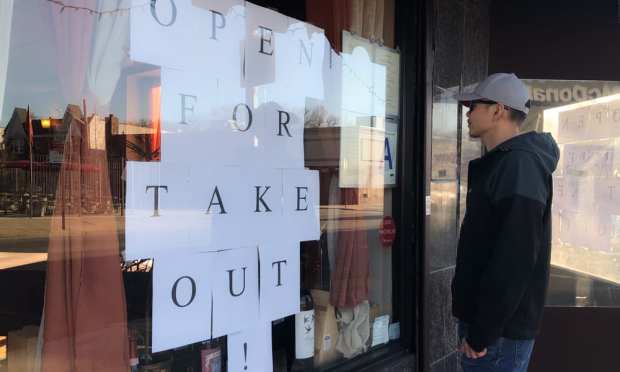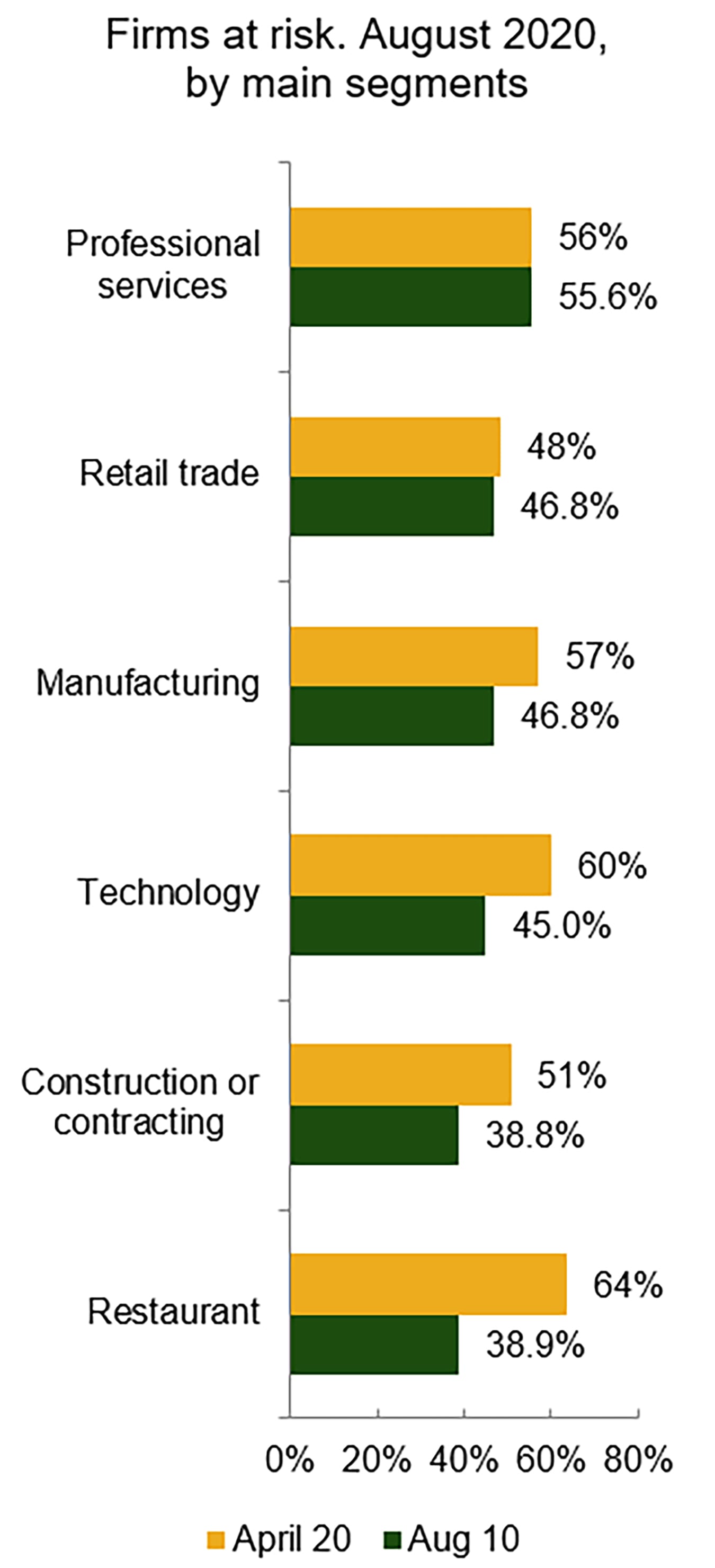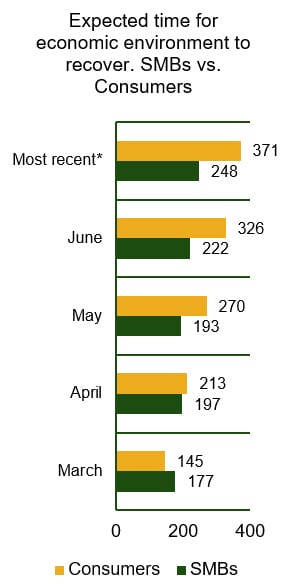SMBs Play Waiting Game As Capitol Hill Wavers On Stimulus

In the tilt-a-whirl that is Washington, D.C. right now, the wildest go-rounds are centered on stimulus payments.
Will they? Won’t they? How much are we talking about? $1.4 trillion, or more like $2 trillion? Or somewhere in between? Or more?
President Trump, as of Wednesday, was pushing for lawmakers to pass piecemeal relief/stimulus that would include, among other things, direct payments for individuals. Democrats, by way of contrast, have been angling for a package deal.
 We’ll leave the inside baseball for others, in terms of handicapping politics. What remains to be seen is what incremental, or wholesale, new stimulus rounds may be slated for small businesses. Trump’s own recent tweetstorm makes mention of $135 billion to the Paycheck Protection Program for smaller firms.
We’ll leave the inside baseball for others, in terms of handicapping politics. What remains to be seen is what incremental, or wholesale, new stimulus rounds may be slated for small businesses. Trump’s own recent tweetstorm makes mention of $135 billion to the Paycheck Protection Program for smaller firms.
As the economy shows new signs of slowing, and job gains are facing some recent headwinds, recent PYMNTS research underscores the ways in which aid might be of immediate use.
We’ve noted there have been some green shoots among the companies we’ve surveyed in recent months that are representative of the small- to medium-sized business (SMBs) that power roughly two-thirds of the U.S. economy.
Drilling down a bit, fortunes have improved a bit — at least mindsets have. In a survey across more than 1,100 respondents, 38 percent said their financial stability had remained unchanged, 17 percent said things had improved.
 But though the overall picture may be decent, the outlook is decidedly mixed, drilling down into individual segments. At left you’ll see how sentiment has changed from surveys taken in April when the pandemic really took root, and August. Amid the companies that defined themselves most at risk in the pandemic — of closing, that is — most segments felt a bit more sanguine. Yet professional services stayed pretty much the same. We’ll note that this may be bit of an ominous sign, as so much of the economy is services-oriented.
But though the overall picture may be decent, the outlook is decidedly mixed, drilling down into individual segments. At left you’ll see how sentiment has changed from surveys taken in April when the pandemic really took root, and August. Amid the companies that defined themselves most at risk in the pandemic — of closing, that is — most segments felt a bit more sanguine. Yet professional services stayed pretty much the same. We’ll note that this may be bit of an ominous sign, as so much of the economy is services-oriented.
But the stage is being set, at least in part, for (additional, significant) stimulus to be on offer to companies.
As PYMNTS reported earlier this week, Federal Reserve Chairman Jerome H. Powell said in remarks made to the National Association for Business Economics that economic support should be seriously considered, sooner rather than later.
“Too little support would lead to a weak recovery, creating unnecessary hardship for households and businesses,” Powell said, adding, “over time, household insolvencies and business bankruptcies would rise, harming the productive capacity of the economy and holding back wage growth.” He added that “by contrast, the risks of overdoing it seem, for now, to be smaller.”
Whether it all should be done via PPP (which as has been widely reported targets SMBs), remains a matter of debate.
 But time is of the essence. We found that consumers expect it will take about a year for the economy to recover, SMBs a bit less. The expectations have steadily extended into increasingly longer timeframes, which may mean that we’ll see a tightening of purse strings and wallets. That would be rough on SMBs, especially, of course, who employ a significant number of workers across the U.S. (and give them the wages that are then pumped back into the economy.
But time is of the essence. We found that consumers expect it will take about a year for the economy to recover, SMBs a bit less. The expectations have steadily extended into increasingly longer timeframes, which may mean that we’ll see a tightening of purse strings and wallets. That would be rough on SMBs, especially, of course, who employ a significant number of workers across the U.S. (and give them the wages that are then pumped back into the economy.
At right, you can see the elongating trend.
For the firms surveyed by PYMNTS in recent months, the loans have had relatively few takers, as PYMNTS has found. Looking at the impact of the pandemic at the six-month mark, we found that through the spring, the share of SMBs that had taken the plunge to apply for SBA loans stood at about 33 percent (this includes all SBA loans).
This next go-round on the Hill may be critical, and for SMBs, may (or may not) offer up a financial bridge needed to get to the next stage of the journey through the pandemic.
